Rising Demand in Automotive Sector
The Polyalkylene Glycol Market is experiencing a notable surge in demand from the automotive sector. This increase is primarily attributed to the growing need for high-performance lubricants and coolants that enhance engine efficiency and reduce emissions. Polyalkylene glycols are favored for their superior thermal stability and low volatility, making them ideal for modern automotive applications. According to recent data, the automotive lubricants segment is projected to witness a compound annual growth rate of approximately 4.5% over the next few years. This trend indicates a robust market potential for polyalkylene glycols, as manufacturers seek to meet stringent environmental regulations while improving vehicle performance. As the automotive industry continues to evolve, the reliance on advanced materials like polyalkylene glycols is likely to expand, further driving the market forward.
Expansion in Personal Care Products
The Polyalkylene Glycol Market is witnessing a significant expansion due to the increasing incorporation of polyalkylene glycols in personal care products. These compounds are valued for their emulsifying and moisturizing properties, making them essential in formulations for creams, lotions, and hair care products. The personal care sector is projected to grow at a compound annual growth rate of approximately 5% in the coming years, driven by rising consumer awareness regarding skincare and hygiene. As manufacturers strive to create innovative and effective products, the demand for polyalkylene glycols is likely to rise, reflecting their versatility and effectiveness. This trend indicates a robust opportunity for the Polyalkylene Glycol Market, as it aligns with the growing consumer preference for high-quality personal care solutions.
Growth in Pharmaceutical Applications
The Polyalkylene Glycol Market is significantly influenced by the expanding applications within the pharmaceutical sector. Polyalkylene glycols are utilized as excipients in drug formulations, enhancing solubility and bioavailability of active pharmaceutical ingredients. The increasing focus on drug delivery systems and the development of novel therapeutics are propelling the demand for these compounds. Recent statistics indicate that the pharmaceutical excipients market is expected to grow at a rate of around 6% annually, suggesting a favorable environment for polyalkylene glycols. This growth is likely to be driven by the rising prevalence of chronic diseases and the need for effective medication delivery methods. Consequently, the integration of polyalkylene glycols in pharmaceutical formulations is anticipated to bolster their market presence, reflecting a promising trajectory for the Polyalkylene Glycol Market.
Technological Innovations in Production
The Polyalkylene Glycol Market is poised for growth due to ongoing technological innovations in production processes. Advances in manufacturing techniques are enhancing the efficiency and cost-effectiveness of polyalkylene glycol production, thereby increasing availability and reducing prices. Innovations such as continuous processing and improved catalyst systems are streamlining operations, which could lead to a more competitive market landscape. Recent data indicates that the production capacity for polyalkylene glycols is expected to expand by approximately 10% over the next few years, driven by these technological advancements. This increase in production capacity may facilitate greater market penetration and accessibility of polyalkylene glycols across various applications. As technology continues to evolve, the Polyalkylene Glycol Market is likely to experience a transformative phase, characterized by enhanced product offerings and market dynamics.
Increased Focus on Sustainable Practices
The Polyalkylene Glycol Market is increasingly influenced by the global shift towards sustainable practices. As industries seek to reduce their environmental footprint, the demand for bio-based and biodegradable polyalkylene glycols is on the rise. These materials offer a more sustainable alternative to traditional petrochemical-based products, aligning with the growing emphasis on eco-friendly solutions. Recent market analyses suggest that the bio-based lubricants segment, which includes polyalkylene glycols, is expected to grow at a rate of around 7% annually. This trend indicates a significant opportunity for manufacturers to innovate and develop sustainable products that meet the evolving regulatory standards and consumer preferences. As sustainability becomes a core focus across various sectors, the Polyalkylene Glycol Market is likely to benefit from this paradigm shift.


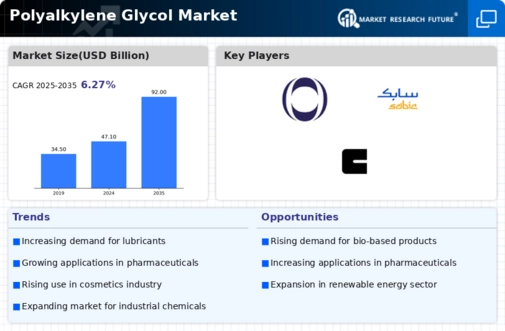

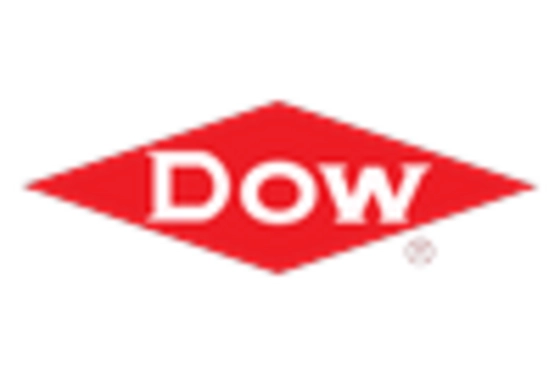
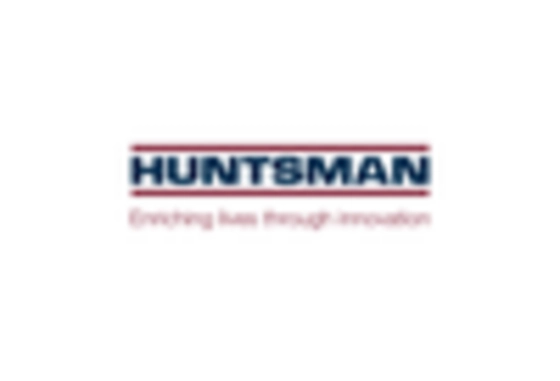
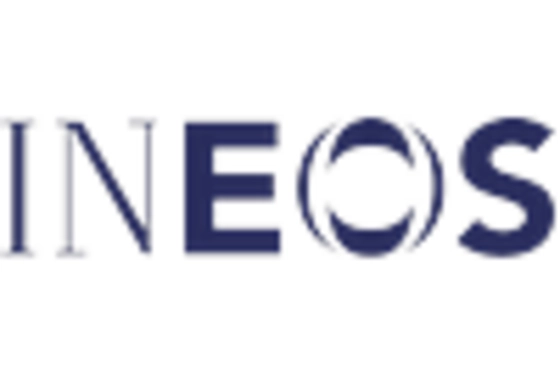
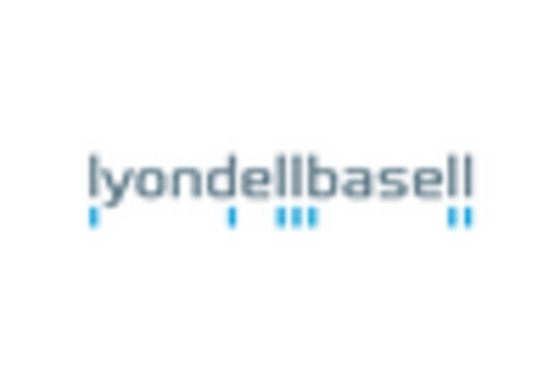
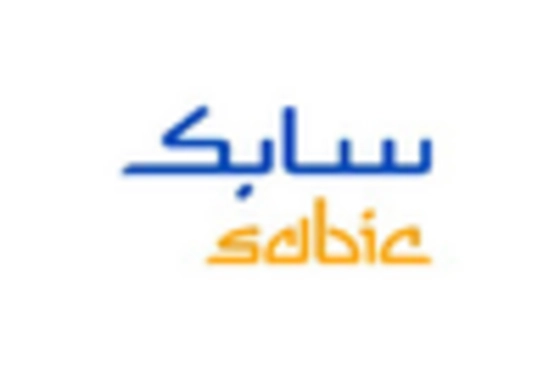








Leave a Comment